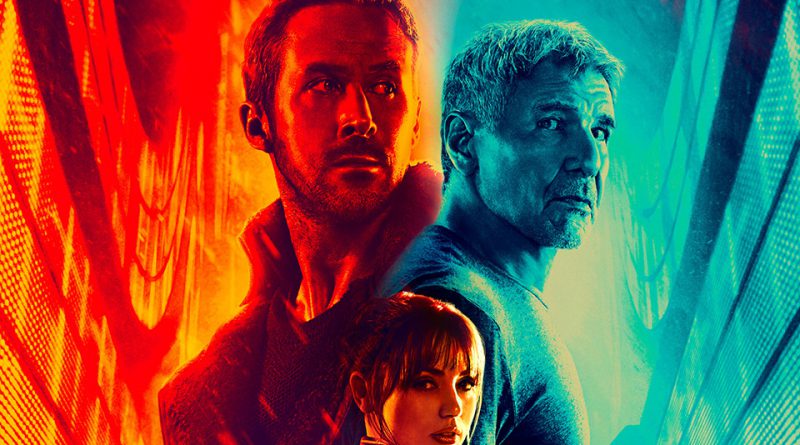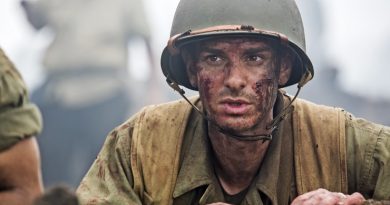Blade Runner 2049 Is A Modern Masterpiece
The original Blade Runner was somewhat of an anomaly when it was released back in 1982. Ridley Scott’s adaptation of Philip K. Dick’s Do Androids Dream of Electric Sheep? was underappreciated at first, taking its time to build a massive cult following.
That film is a science fiction masterpiece. Taking the fears and paranoia of artificial intelligence and meshing it so perfectly in a neo-noir package, Scott has undoubtedly had an influence on directors that followed.
Denis Villeneuve is an example of one of those directors.
Blade Runner 2049 is the latest film from the French-Canadian director. A sequel to Scott’s original, it takes place more than three decades after the first film.
For the purpose of spoilers I will limit my plot summary to the minimum, as director Villeneuve has done with all of the promotional material. I completely recommend stepping into this film as blind as possible, resisting every urge to watch trailers or the excellent short films released weeks before.
But as basic plots go, 2049 follows Officer K (Ryan Gosling), a Blade Runner working for the Los Angeles Police Department. His job involves hunting down illegal, bioengineered androids—-replicants—and ultimately finds himself among a huge conspiracy involving events from the past 30 years.
At its core, it’s a mystery film. Several plot points unravel throughout its two-hour and 43-minute runtime and every plot thread takes its time to develop. Aside from the mystery element, the usual themes of humanity and the ultimate questions about life in a cyber-enhanced world, and will leave audiences with more questions than answers after the credits roll.
However, there are slight issues with pacing. It feels slow at times, but the film is not dragged out.
Throughout those almost three hours, viewers are treated with some of the most gorgeous cinematography in ages. Cinematographer Roger Deakins compliments the direction of the film and manages to build a beautiful world. Gloomy cityscapes add something inviting about these growing metropolises to the audience, despite the gritty color palette and rain.
It’s the kind of film where every scene can be hung up on a wall like a work of art. It uses the previous film’s aesthetics (what if analogue technology evolved in the future?) but also makes the world its own. The environments are characters themselves, harboring deep secrets and revealing much more than any stretch of dialogue could.
Without revealing too much plot information, the writing and acting is in top form. Gosling is great as usual, and makes the character his own. Other cast members like Robin Wright, Ana De Armas and a surprisingly good Jared Leto all deliver standout performances. Of course, Harrison Ford reprising his role as Rick Deckard is something the Academy needs to take note.
In our current world where every film needs a reboot or thousands of sequels, Blade Runner 2049 sets itself apart as the one worthy sequel that makes a case for existing. A near three-hour runtime may seem daunting, but it’s given one of the best modern day directors his chance to flesh out a brilliant piece of science fiction.
Blade Runner is one of the year’s best movies and simply put—one of the greatest sequels ever made.




